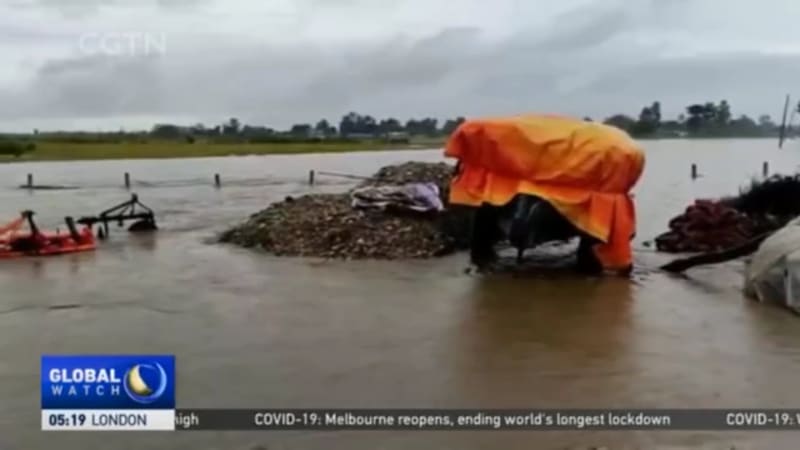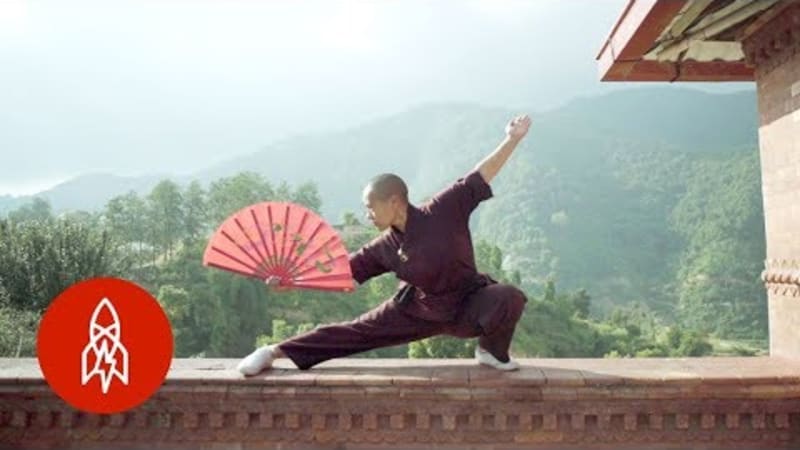October • 2021
Great experience working with Aashish! His team delivered a translation we needed on time and with accuracy.

Paris, France
6 reviews$1000 - $5000 / Day
Request a demoWe are DiaCreatives, an international creative agency with a base in Paris and Texas and teams in India and Nepal. We specialize in creating visually engaging digital content that resonates with aspirational audiences. Our work with brands like HBO, CNN's Great Big Story, and Business Insider showcases our ability to transform stories into captivating visuals.
October • 2021
Great experience working with Aashish! His team delivered a translation we needed on time and with accuracy.

Produced for Bloomberg Originals Shorts
How a migrant family struggled in America with the COVID situation, and how they are including other families too

Produced for CGTN News
A live update on the latest reports on flooding due to unseasonal rainfall in Nepal

Produced for 60 Second Docs
When salt artist Motoi Yamamoto’s sister was 24, she tragically died of a brain tumor. To honor her memory and begin healing his own soul, Yamamoto began using salt in his art. Each intricate installation allows him to remember his loved ones, and – just as memories fade – each piece is eventually returned to the sea from which it came.

Death is one of the most elusive and taboo concepts. It’s permanence and uncertainty have mystified and confounded humans for millennia. One aspect however, that we know for certain, is one day we will all die. Tibetan Buddhist have multifaceted explanations, theories and practices around their concept of death and what happens to a consciousness once it collapses into darkness. Thousands of year

Blue Kangling is a film that uncovers the collective consciousness of death for Tibetan Buddhist. It is an observational approach revealing individuals who shape, influence and live according to this knowledge. Understanding is established through intimate portraits of commoners, as well as the philosophical and culturally enlightened who offer meaning and insight behind Tibetan Buddhism.

This nunnery has an empowering claim to fame—it’s the only one in Nepal where the nuns practice martial arts. The nuns of the Buddhist Drukpa Order train three hours a day, and they break bricks with their bare hands. Heroes in the Himalayas, these strong women delivered supplies to hard-to-reach villages after an earthquake struck Kathmandu in 2015. The kung fu nuns have also taught self-defense classes for women and biked 14,000 miles to protest the human trafficking of women and girls.
Audio
Production Support
Post Production
Miscellaneous